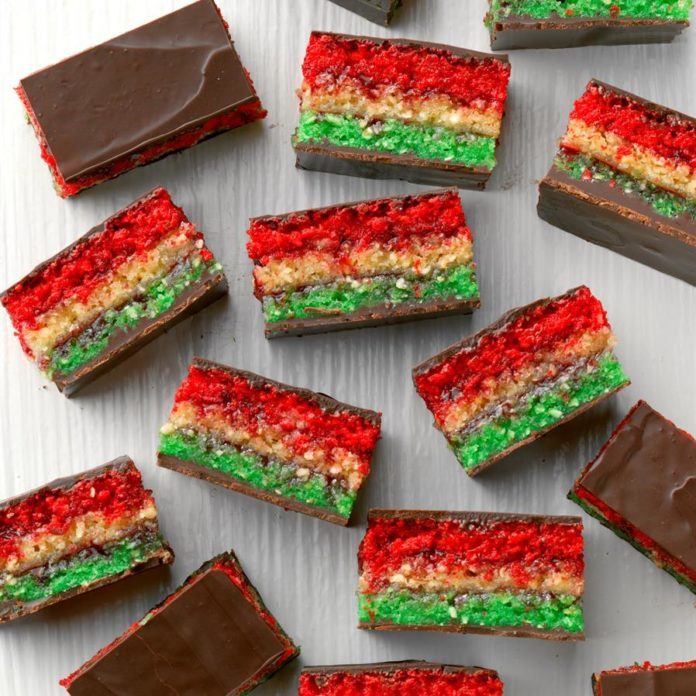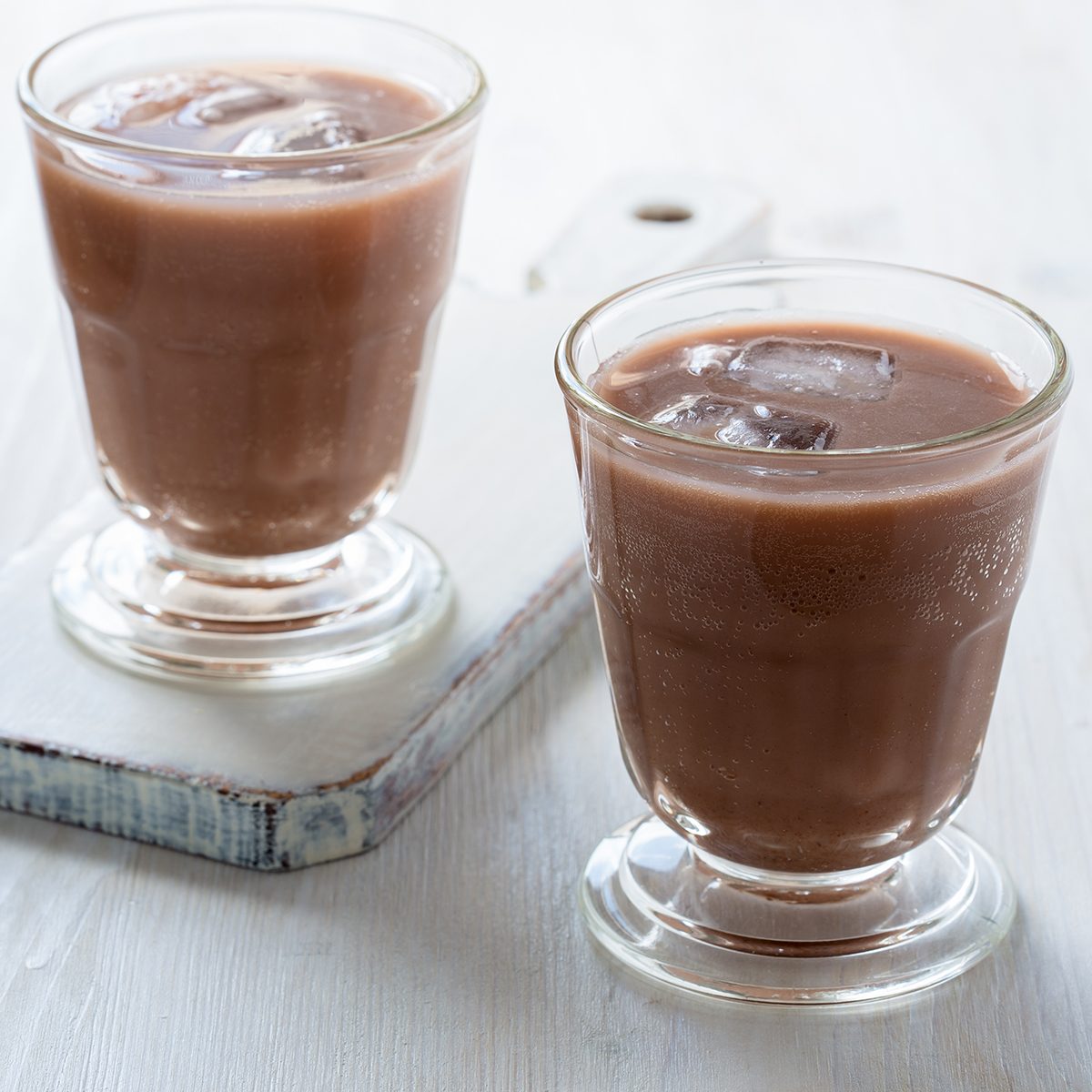For most of us, the start of a new year is the chance to go after our goals, dreams and ambitions on the best note possible. Rosh Hashanah, the Jewish New Year, is about doing that literally, with primarily sweet food served to usher in a sweet year of blessings and abundance. The foods on the table are richly symbolic and meaningful. Whether you’re hosting or attending a supper, check out our guide to Jewish foods for Rosh Hashanah.
Apples and Honey
Apples and honey are almost synonymous with Rosh Hashanah. One reason is practical: most varieties of apples are hardy in many climates, whether harsh or mild, so they could make appearances at meals no matter the season. There’s also a metaphorical aspect. Some fruit trees shade their produce with new leaves, but apple trees offer their fruit no such protection. Being different could make these trees vulnerable, yet they thrive regardless—a sentiment carried by the Jewish people. Honey, of course, is a sweet, perfect for symbolizing the start of the year. The tradition of dipping apples in honey dates back hundreds of years and was mentioned in the writings of Rabbi Jacob ben Asher, who codified Jewish law in the 1300s. Today, many tables will showcase apple honey cakes. (We also love these simple baked apples with honey.)
New Fruit
The second night of Rosh Hashanah is time to enjoy the “new fruit,” or seasonal produce that hasn’t been tasted since the start of the season. The fruit symbolizes gratefulness for being alive and allowing us to taste all the delicious fruit the world has to offer. The most typical new fruit is the pomegranate for its biblical significance—the Land of Israel was known for its pomegranates, and it’s one of the “seven species” of Israel—and for its abundant seeds. It’s hoped that good deeds and actions will be just as copious! Learn the easiest way to seed a pomegranate. Then sprinkle the seeds on this Rosh Hashanah green bean recipe.
Challah
Another of the most recognizable features of a Rosh Hashanah meal, this braided egg bread is typically served on Shabbat. During Rosh Hashanah, the bread is shaped into spirals or rounds to symbolize continuity. The challah is often dipped in honey before eating, and shared around the table. We’ll show you how to make challah and nail that braiding step.
Honey Cake
Like challah, honey cakes are symbolic of the desire for a sweet, positive upcoming year. Most families have their own generations-old recipes, but it usually includes spices such as cloves, cinnamon and allspice, with some variations calling for coffee, tea or rum mixed in for greater flavor. Our honey cake recipe adds walnuts to add a depth of flavor to the spice.
Fish
Given that Rosh Hashanah translates to “head of the year,” a head has to make an appearance somewhere on the menu. While this may include the head of a sheep or rooster, it’s often as simple as a whole roast fish (vegetarians can swap in a head of cabbage or garlic). As a bonus, fish symbolize fertility and abundance. Vigilant, ever-swimming fish promote a new year of awareness and hard work. At the fishmonger, be sure to ask if the fish is fresh.
Couscous with seven vegetables
This is one of the few savory options you’ll see on the table. The multitude of couscous beads represent the number of blessings you hope to have, while the number seven is considered fortuitous, as the world was created in seven days.
Leeks, chard or spinach
Like most Rosh Hashanah foods, the symbolism is tied to a pun on its Hebrew name—in this case, a close cousin of the word karet, which translates to “cut.” Eating leeks means hoping those who wish us ill will instead be cut off and their bad intentions punished. Learn how to prep leeks without the grit.
Dates
Sweet dates, another of the seven species of Israel, may not seem to have much in common with leeks. But the Hebrew name, t’marim, also relates to punishing enemies—in this case, finishing them off. (Note that some rabbis believe that eating these foods actually symbolizes ending our own prejudices.) On a happier note, when the Torah refers to Israel as “a land flowing with milk and honey,” that means date honey.
Whether you’re cooking heirloom family recipes or joining loved ones for your first Rosh Hashanah, it’s a time to honor the past and welcome a year as sweet as the honey you’ll use to smother your challah.

Passover Rainbow Cookies
Shannon Sarna, a home cook and editor at The Nosher, shares her family's most beloved dessert: rainbow cookies. These classic New York treats are traditionally served in synagogues and at Jewish celebrations, but actually have Italian roots. To make, you’ll bake three thin cakes, spread jam between them and coat with smooth melted chocolate.
Sufganiyot
As desserts go, you won't find anything much more enticing than a fresh jelly doughnut, and that's essentially what you're getting with sufganiyot. This pillowy fried treat is eaten during Hanukkah to commemorate the miracle of the temple oil.
Rugelach
Rugelach is often found on cookie trays during Christmas, but it's actually a Jewish delight. It consists of a triangle of pastry rolled around a filling of anything from chocolate to fruit preserves. Its horn-like shape makes it perfect for Rosh Hashanah, during which a ram's horn is blown to usher in the new year. Find more recipes for rugelach.Apple Cake
One of the most common desserts seen during Rosh Hashanah is apple cake. This is a top choice because the apples represent sweetness for the new year and because it uses oil instead of butter (making it a suitable pareve dessert). Learn more about Rosh Hashanah foods.
Hamantaschen
These hat-shaped cookies are named after Haman, the villain of the Purim story. The shortbread dough is folded into a triangle and while it's traditionally filled with poppy seeds, fig paste, chocolate, and even cheese are sometimes used. See how to make hamantaschen.
Tzimmes Cake
Tzimmes is actually a Jewish stew containing carrots, sweet potatoes, dried fruits and nuts, and someone wisely decided the ingredients should be turned into a cake! Such a cake is so sweet, it's ideal for a Rosh Hashanah dessert.
Egg Creams
Egg creams are an iconic Jewish drink. This fizzy, frothy drink is said to have been created in the 1900s by Louis Auster, a Jewish candy store owner in Brooklyn, New York. Interestingly, the drink contains no eggs—just 1/2 cup milk, 1 cup carbonated water and 2 tablespoons chocolate syrup. (Purists use the brand Fox's U-bet!)
Honey Cake
Honey cake is also common during Rosh Hashanah, as honey is a symbol of hope for the new year. It can be made special by including spices such as cinnamon or cloves, flavorings like coffee or whiskey, or nuts like candied almonds or walnuts.
Macaroons
Everyone's heard of macaroons (not to be confused with macarons), the sweet little cookies made from coconut, eggs and sugar. The fact that there's no added leavening makes them perfect for Passover.
Mandelbrot
Mandelbrot are sometimes referred to as Jewish biscotti. The cookies, often consumed after Shabbat dinner, are unique in that they're made using oil and traditionally contain almonds. Try these twice-baked treats with a steaming cup of tea. You can add this to the list of Jewish foods everyone should learn to make!
Poppy Seed Cake
This uniquely delicious cake is often seen during Purim because the Yiddish word for poppy seed, mohn, is similar to the name of the villain of the Purim story, Haman. It can be in the form of a loaf, a Bundt cake or even a towering layer cake.The post Do You Know These Symbolic Rosh Hashanah Foods? appeared first on Taste of Home.
source https://www.tasteofhome.com/article/your-guide-to-symbolic-rosh-hashanah-food/



0 Response to "Do You Know These Symbolic Rosh Hashanah Foods?"
Post a Comment